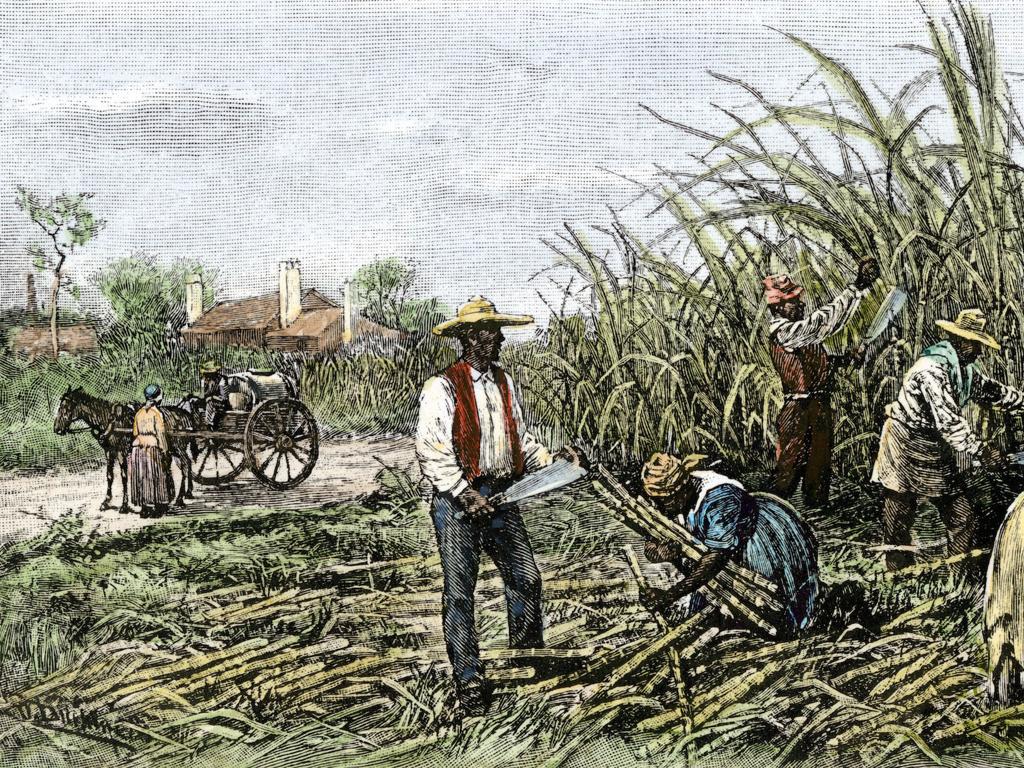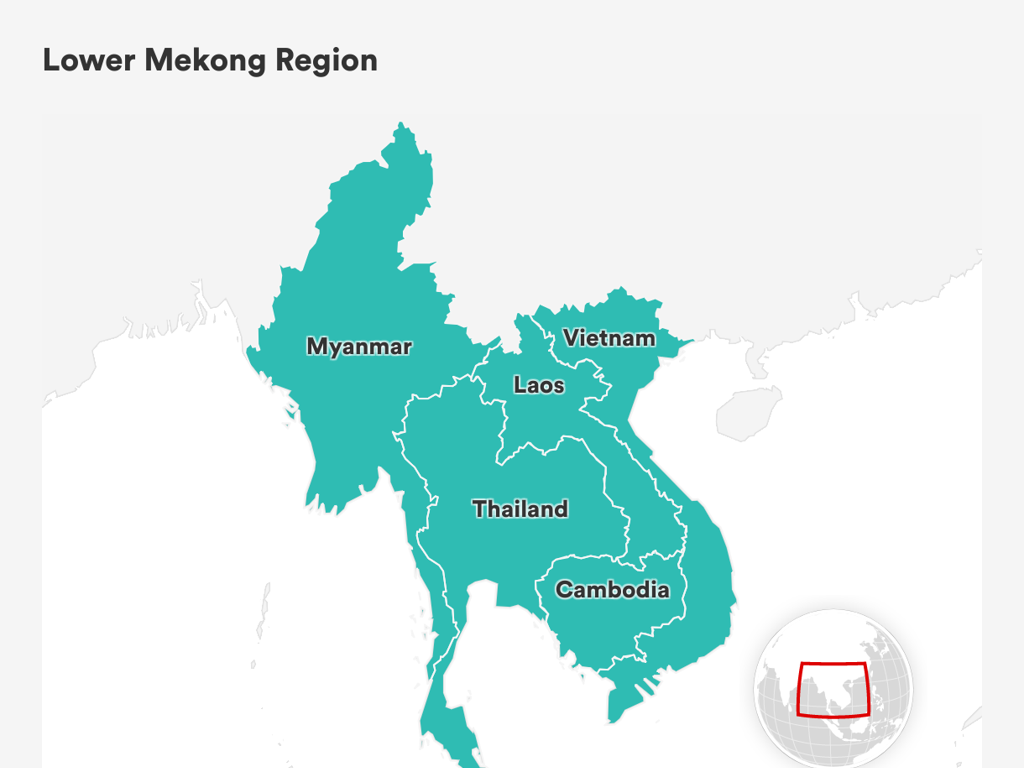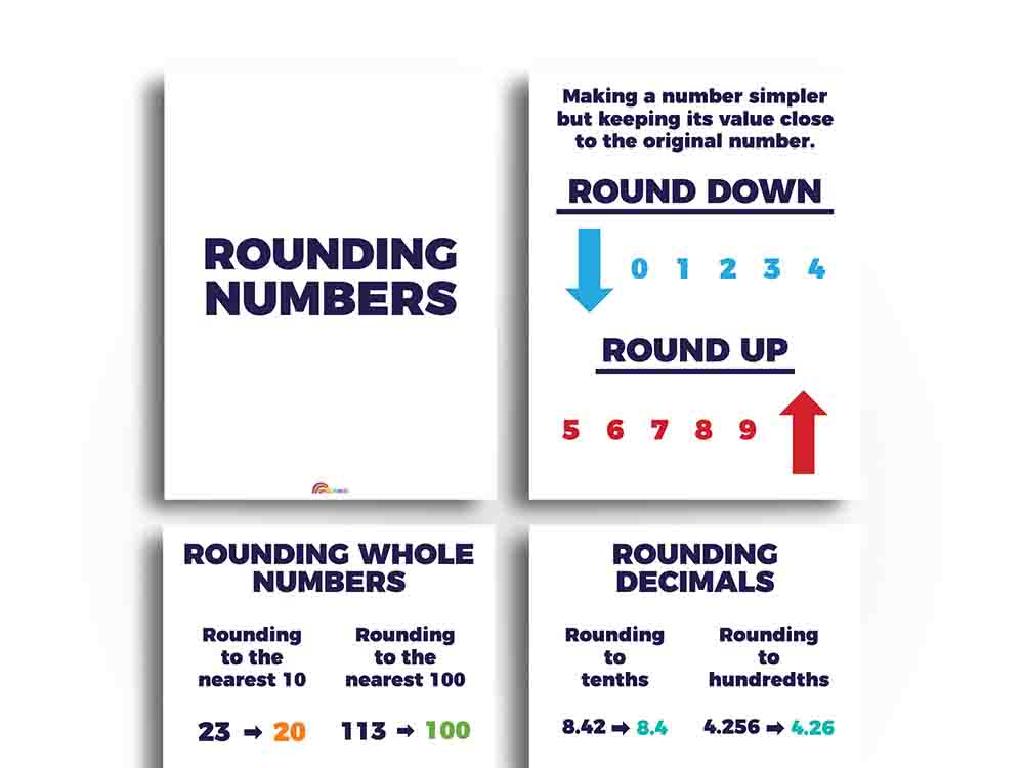Abbreviate Street Names
Subject: Language arts
Grade: Fourth grade
Topic: Abbreviations
Please LOG IN to download the presentation. Access is available to registered users only.
View More Content
Abbreviating Street Names
– What are abbreviations?
– Shortened forms of words or phrases
– Why use abbreviations?
– To save space and time in writing
– Today’s focus: Street Names
– Learn how to shorten common street terms
– Practice with examples
– Example: Street = St., Avenue = Ave.
|
Begin the lesson by explaining that abbreviations are shorter versions of words or phrases, which are used to save space in writing and make things quicker to read. Discuss why abbreviations are practical in everyday life, especially when dealing with long or complex words. Today, we’ll focus on abbreviating street names, a common practice in addresses. Provide examples like ‘Street’ to ‘St.’ and ‘Avenue’ to ‘Ave.’ and encourage students to come up with more examples. Have them practice by writing out full street names and then abbreviating them. This will help them become familiar with common abbreviations they’ll encounter in addresses.
Abbreviating Street Names
– What are abbreviations?
Shortened forms of words or phrases.
– Examples: Dr., St.
Dr. means Doctor, St. means Street.
– Why use abbreviations?
They save time and space in writing.
– Practice with street names
Let’s abbreviate some common street names together!
|
This slide introduces students to the concept of abbreviations, specifically focusing on street names. Start by explaining that abbreviations are shorter ways to write words, which makes writing quicker and more efficient. Provide clear examples, such as ‘Dr.’ for ‘Doctor’ and ‘St.’ for ‘Street’, and explain that these are commonly used in addresses. Emphasize the practicality of using abbreviations in everyday writing. Engage the class by having them practice abbreviating different street names, reinforcing the lesson with real-world application. This activity will help solidify their understanding of abbreviations and how they are used in daily life.
Why Abbreviate Street Names?
– Saves space on signs/maps
– Simplifies reading/writing addresses
– Common in addresses/navigation
– ‘St.’ for Street, ‘Ave’ for Avenue
– Helps in quick communication
– Like ‘Dr.’ for Drive in ‘123 Maple Dr.’
|
This slide explains the practical reasons behind abbreviating street names. Abbreviations are essential because they help save valuable space on street signs and maps, making them less cluttered and easier to read at a glance. They also simplify the process of reading and writing addresses, which is especially useful for postal services, delivery companies, and emergency responders. Abbreviations are a common practice in addresses and navigation systems, helping to standardize locations and facilitate quick communication. Provide examples of common abbreviations and encourage students to think of more. Discuss how these abbreviations are used in everyday life and why they are important for efficient communication.
Abbreviating Street Names
– ‘St.’ for Street
– ‘Ave.’ for Avenue
– ‘Blvd.’ for Boulevard
– ‘Rd.’ for Road
|
This slide introduces students to common abbreviations for street names, which they will encounter in addresses and maps. ‘St.’ is the abbreviation for Street, ‘Ave.’ for Avenue, ‘Blvd.’ for Boulevard, and ‘Rd.’ for Road. These abbreviations help make writing addresses shorter and are commonly used in everyday life. Encourage the students to practice by writing out full street names and then converting them into their abbreviated forms. You can also have them look for these abbreviations the next time they are on a drive or walk with their family. This will help them become familiar with the abbreviations and understand their usage in context.
Abbreviating Street Names
– ‘St.’ means ‘Street’
– ‘Rd.’ means ‘Road’
– ‘Ave.’ means ‘Avenue’
– Practice writing addresses
– Try abbreviating: 101 Birch Boulevard, 202 Cherry Circle, 303 Dogwood Drive
|
This slide introduces students to common abbreviations for street names, which they will often encounter in addresses. Start by explaining that abbreviations are shorter ways to write words and are used to save space and time. Show the examples provided and explain what each abbreviation stands for. Then, have the students practice writing some addresses using abbreviations. For the activity, provide them with full street names like Boulevard, Circle, and Drive and ask them to write these using the correct abbreviations. This exercise will help reinforce their understanding of how to use abbreviations in the context of writing addresses.
Activity: Abbreviating Street Names
– Imagine your dream home’s location
– Write the full street name
– Abbreviate the street name
– Use abbreviations like St. for Street or Ave. for Avenue
– Share with the class
– Explain why you chose the abbreviation
|
This activity is designed to help students understand how to abbreviate street names, a practical application of abbreviations in everyday life. Encourage the students to be creative and think of a unique or fun street name for their dream home. They should then write the full street name and work on abbreviating it correctly, using common abbreviations for words like ‘Street’, ‘Avenue’, ‘Boulevard’, etc. When sharing with the class, students should explain the reasoning behind their chosen abbreviation, which will reinforce their understanding of the concept. For the teacher: be prepared to provide examples of common street name abbreviations and assist students who may struggle with the concept of abbreviations.
Class Activity: Address Scavenger Hunt
– Find abbreviated addresses
– Write down & decode abbreviations
– Look for ‘St.’ for Street, ‘Rd.’ for Road
– Share findings with the class
– Explain what each abbreviation means
– Discuss abbreviation usefulness
– Why are shorter forms used in addresses?
|
This activity is designed to help students recognize and understand the use of abbreviations in addresses. Have students search around the classroom or school for addresses that contain abbreviations. They should write these down and then work out what each abbreviation stands for. Afterward, students will share their findings with the class, which will help reinforce their understanding of common abbreviations. Discuss as a class why abbreviations are used, focusing on how they make writing more efficient and save space. Possible variations of the activity could include creating a classroom map with abbreviated addresses, matching abbreviations with their full forms, or even creating their own abbreviated addresses for fictional places.
Conclusion: The Importance of Abbreviations
– Why abbreviations matter
Abbreviations save time and space in writing.
– Common street abbreviations
St., Rd., Ave., Blvd. are shortcuts for street names.
– Future use of abbreviations
Use abbreviations for addresses in letters or navigation.
– Practice makes perfect
|
This slide wraps up our lesson on abbreviations, specifically focusing on street names. Abbreviations are essential because they make writing and reading quicker and more efficient. We’ve learned common abbreviations like Street (St.), Road (Rd.), Avenue (Ave.), and Boulevard (Blvd.). In the future, students will encounter and use these abbreviations in various settings, such as writing addresses on envelopes or when using GPS for directions. Encourage students to practice by writing their full address and then converting it into an abbreviated form. This will help solidify their understanding of how and when to use these abbreviations in real-life situations.





